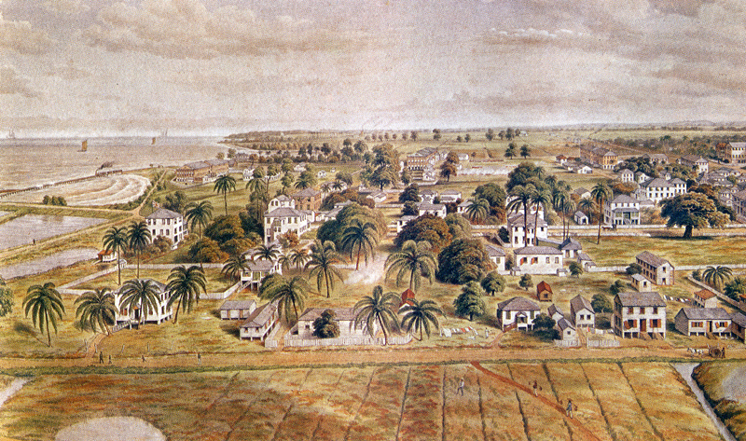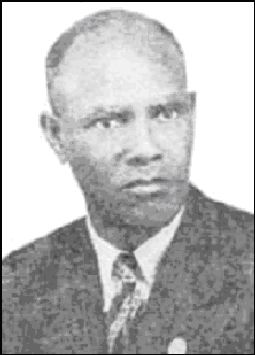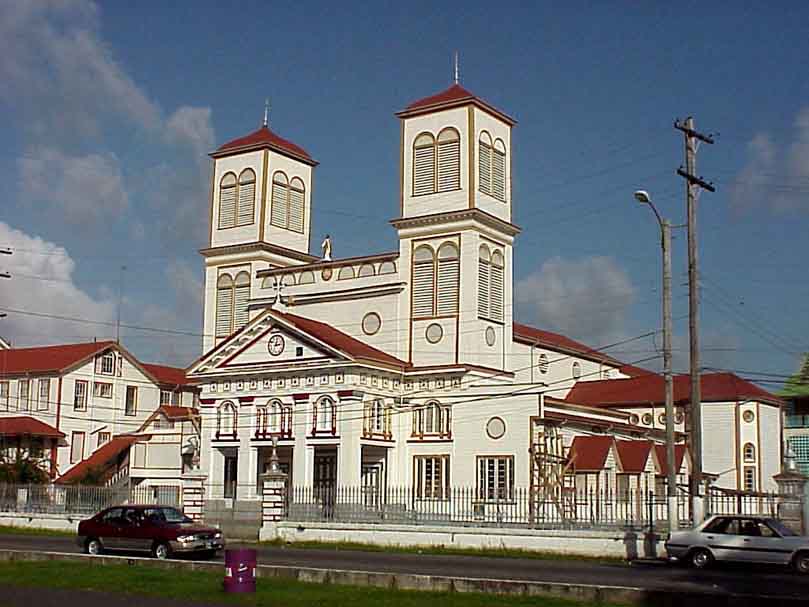Related posts
-

The growth of Georgetown
Between 1783 and 1800, small ‘towns’ grew up around Stabroek. First was New Town, which was... -

‘The Father of Trade Unionism’
Hubert Nathaniel Critchlow was born in Georgetown on December 18, 1884. His father, James Nathaniel Critchlow,... -

Lost gems of our built heritage
Time changes everything, and some things are forgotten, some remembered, and new memories made. This week,...



Comments are closed.